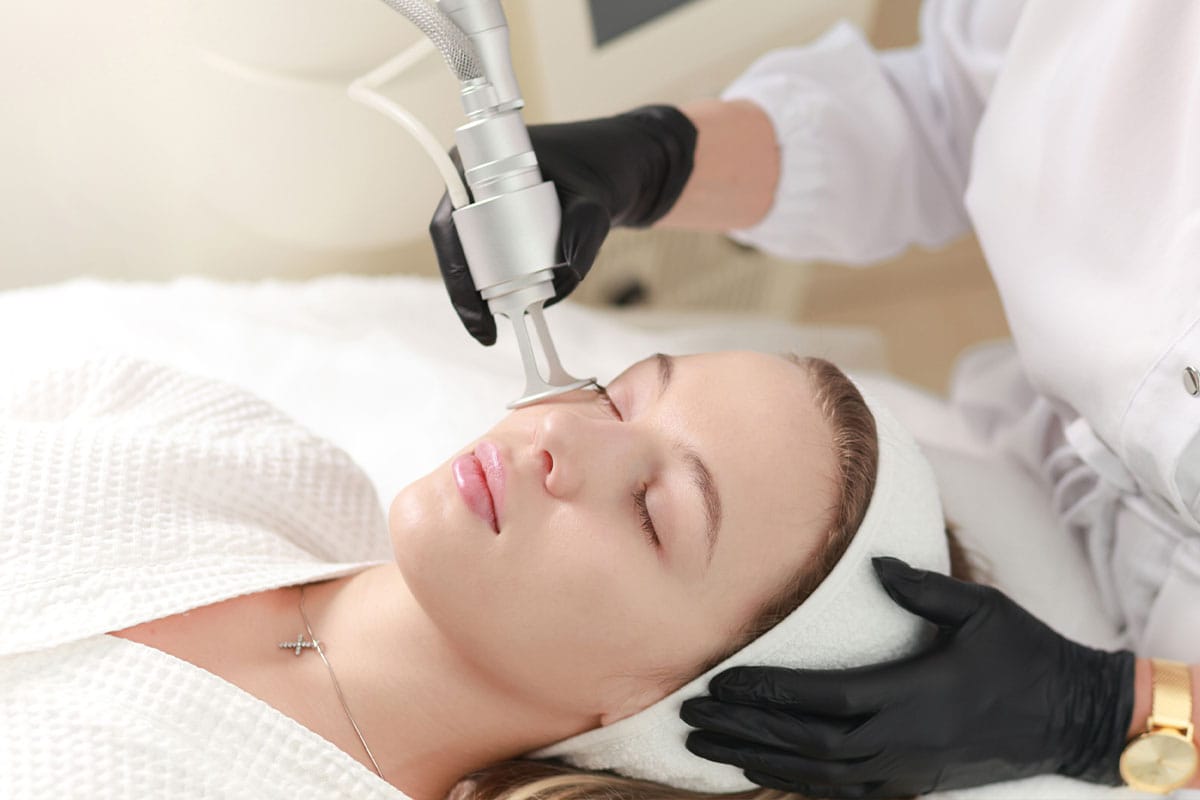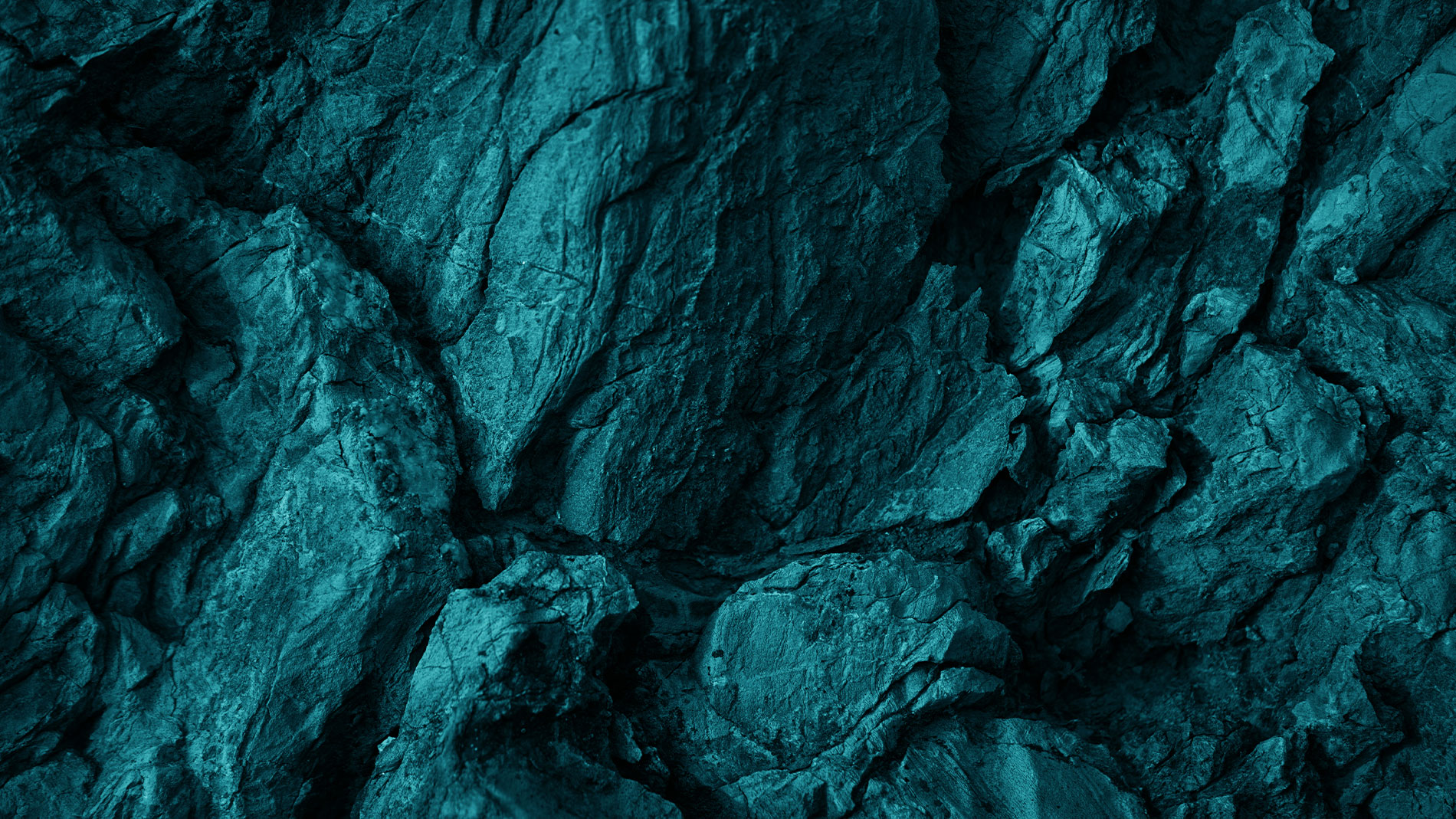Understanding CO2 laser resurfacing
This advanced skin rejuvenation procedure uses a carbon dioxide laser to precisely vaporize thin layers of skin. Because water is the primary chromophore, the laser’s energy is absorbed predictably in the epidermis and superficial dermis, creating controlled columns of thermal injury that trigger a robust healing response. As the skin repairs, new collagen and elastin form, producing a smoother texture, a tighter appearance, and a more even tone. Most modern platforms use fractional technology, treating a grid of micro-zones while leaving surrounding skin intact. This design speeds healing and lowers downtime compared with fully ablative passes, yet maintains significant efficacy for wrinkles, acne scars, and sun damage. However, a combination of fully and fractionated ablative resurfacing can be used together if needed to yield a customized and outstanding result in patients with severe wrinkles or scars. CO2 laser resurfacing is the gold standard for comprehensive rejuvenation because it can address multiple concerns in a single session—especially valuable in sun-exposed communities like Gulf Shores, where photoaging can be more pronounced.
Benefits and Value
The most compelling benefit of this approach is its ability to remodel skin at a structural level. By stimulating neocollagenesis and reorganizing aged fibers, the treatment softens etched lines around the eyes and mouth, refines enlarged pores, and smooths the irregular texture left by acne scarring. Pigment irregularities such as sunspots and blotchiness can also improve, leaving skin that reflects light more evenly and appears fresher. Dark spots are often in the dermis layer of the skin, which is too deep for BBL or IPL to be effective. Due to its ablative nature that goes into the dermis layer, pigment that is deeper can be alleviated, unlike nonablative laser treatments and IPL or BBL. Patients often appreciate the efficiency.

Long-Lasting Results in Fewer Treatments
While many non-ablative options require a series of visits to approach similar changes, a properly executed session at Southern Coastal Aesthetics typically delivers substantial results in typically one treatment. That difference translates to meaningful time savings and, for many, better value over the year compared with frequent maintenance visits that offer incremental gains. Durability is another hallmark. Improvements continue to evolve for at least six months as collagen remodels, and with good skincare and sun protection, results can be enjoyed for an average 5-7 years. Most importantly, the improvements and results are much better than non-ablative laser treatments. Lastly, due to the ability to control and customize the settings as well as the specific chromophore targeted by the CO2 laser, this is a more consistent, even, and safer treatment than a medium to deep chemical peel due to more control with a laser.
Ideal for Coastal Environments
In a coastal environment like Gulf Shores, where UV exposure is a daily consideration, a deeper reset of sun-related texture and fine lines can offer a long runway of visible benefit when paired with diligent sunscreen use. Finally, the procedure is highly customizable. Energy, density, and pass number are tailored to your skin type, downtime tolerance, and goals. This precision allows Southern Coastal Aesthetics to design plans that balance impact with recovery, producing natural-looking rejuvenation rather than an overtreated appearance.
The Process
A successful resurfacing experience begins with a thorough consultation. Dr. Carrie L. Morris evaluates skin type, texture, pigmentation patterns, scar depth, and areas of laxity while reviewing medical history, prior procedures, and tendencies such as post-inflammatory hyperpigmentation or keloid formation. Photos document your baseline. Preconditioning may be recommended, including topical retinoids, pigment modulators, or antiviral medication to avoid cold sores. A strict sun-avoidance plan is set to minimize risk. On treatment day, arrive with cleansed skin. A topical anesthetic is applied for adequate numbing and light IV sedation is administered. Protective eye shields are positioned, treatment zones are outlined, and your clinician confirms device parameters—fractional density, energy per microbeam, and pattern overlap—matched to your goals and downtime tolerance.
What to Expect During Treatment
During the procedure, the handpiece delivers a precise matrix of energy that creates microscopic columns of ablation and coagulation. You may feel brief warmth or a prickling sensation as each zone is treated. Dr. Morris moves methodically, blends edges, adjusts settings for delicate areas such as the periocular skin, and uses a smoke evacuator to maintain visibility and safety. Immediate endpoints include uniform erythema and a fine, frosting-like appearance that signals appropriate ablation depth. After treatment, cooling and post-care begin. A soothing solution and occlusive ointment support barrier function and reduce transepidermal water loss. You receive detailed aftercare instructions emphasizing gentle cleansing, frequent emollient application, and strict sun avoidance. Follow-up visits monitor healing, and a plan for reintroducing actives like retinoids is reviewed. Once re-epithelialization is complete, maintenance skincare and possible adjunctive therapies are discussed to help protect and extend your results.
Considerations and Suitability
CO2 laser resurfacing is best suited for patients seeking meaningful improvement in wrinkles, texture irregularities, acne scars, and sun damage. Those with fair to medium skin tones (Fitzpatrick I–III) typically have the lowest risk profile, but experienced clinicians can treat darker skin tones with conservative settings, diligent pre- and post-care, and pigment-control strategies. Candidacy also hinges on lifestyle and recovery goals, since true ablative resurfacing requires downtime that must align with your schedule. Certain medical factors require caution or postponement. Active skin infections, recent significant sun exposure, uncontrolled inflammatory conditions, and a history of abnormal scarring may necessitate alternative approaches.

Important Medical Considerations
A detailed medication review is essential, especially regarding recent isotretinoin use, anticoagulants, or photosensitizing drugs. For some, fractional Er:YAG or non-ablative fractional devices, microneedling with radiofrequency, or staged chemical peels can be considered as lower-downtime options. During your consultation at Southern Coastal Aesthetics in Gulf Shores, an individualized plan will weigh these variables to recommend the safest, most effective route. But there’s more.
Results and Outcomes
Healing unfolds in predictable phases. In the first several days, redness, warmth, and mild swelling give way to a bronzed appearance and then gentle peeling as new epidermis forms. Most patients complete re-epithelialization within a week for fractional treatments, though residual pinkness can persist and gradually fade over several weeks. Makeup can typically be resumed after the surface has sealed, and a high-quality mineral sunscreen becomes a daily essential. The collagen remodeling that drives the most exciting changes continues well beyond initial recovery. Over the next three to six months, fine lines soften further, scars look shallower, and the skin’s overall firmness improves as new collagen fibers mature and cross-link. Many patients notice that skincare products penetrate more evenly and that foundation sits better, a practical day-to-day indicator of progress. Outcomes are measured through standardized photography, texture analysis, and, when available, imaging tools that quantify pore visibility, pigmentation, and wrinkle depth.
Objective and Subjective Results Tracking
At Southern Coastal Aesthetics, these objective markers are paired with patient-reported improvements in confidence and comfort without makeup. Some concerns, such as deeply etched perioral lines or complex acne scarring, can benefit from staged treatments or combination therapy. Neuromodulators, fillers for volume restoration, and vascular devices for residual redness can be sequenced to refine the final result. Long-term maintenance focuses on photoprotection and a thoughtful skincare regimen. Daily broad-spectrum sunscreen, antioxidants in the morning, and retinoids at night help protect your investment. With steady habits, many people enjoy their results for years, opting for occasional touch-ups or complementary treatments rather than frequent invasive procedures.
Making the Right Choice
Selecting a provider for CO2 laser resurfacing is as important as choosing the technology itself. Experience with a range of skin types, mastery of parameter selection, and a disciplined approach to pre- and post-care all influence safety and outcome. Ask about device pedigree, sterilization protocols, eye protection measures, pain management options, and how your plan will be tailored to your downtime tolerance and goals. Equally vital is your comfort with the team’s communication style and follow-up care. At Southern Coastal Aesthetics, fractional CO2 resurfacing is delivered within a framework of evidence-based protocols and meticulous technique. From skin typing and pretreatment priming to parameter selection and aftercare coaching, each step is designed to maximize benefit while minimizing risk.
Protecting and Maintaining Results
For those in Gulf Shores and the surrounding coast, our team understands the realities of year-round sun and builds practical strategies to protect your renewed skin. If you’re ready to explore what CO2 resurfacing can achieve for your complexion, schedule a consultation with Southern Coastal Aesthetics with Dr. Morris. We will evaluate your skin, discuss realistic outcomes, and design a plan that aligns with your life so you can move confidently toward smoother, clearer, more resilient skin.
Frequently Asked Questions
How long is the downtime after CO2 laser resurfacing?
Most patients experience a few weeks of visible recovery for fractional treatments, including redness, swelling, bronzing, and peeling. Residual pinkness can last several weeks but is usually easy to cover with makeup once the surface has fully healed.
Is CO2 resurfacing safe for darker skin tones?
It can be when performed by experienced clinicians using conservative settings, pigment-control protocols, and strict sun avoidance. A thorough consultation determines whether fractional CO2, an alternative device, or staged treatments are the safest way to reach your goals.
Will one session be enough?
Many people see substantial improvement after a single session, particularly for texture and fine lines. Deeper wrinkles or complex acne scarring may benefit from a second treatment or from combining resurfacing with fillers, neuromodulators, or energy-based devices for synergy. For periocular concerns, blepharoplasty, brow lift, or laser liposuction procedures may provide complementary benefits.
What risks should I know about?
Temporary redness, swelling, and peeling are expected. Potential complications include infection, prolonged redness, pigment changes, milia, and, rarely, scarring. Careful screening, precise technique, and diligent aftercare at Southern Coastal Aesthetics are designed to keep risks low and manageable.
How should I prepare and care for my skin?
Preparation may include sun avoidance, gentle exfoliation, topical retinoids, and antiviral prophylaxis if indicated. After treatment, follow cleansing and ointment instructions closely, avoid picking, and commit to daily broad-spectrum sunscreen to protect and extend your results.

Written by: Dr. Carrie L. Morris
Triple Board-Certified Oculofacial Plastic Surgeon, Southern Coastal Aesthetics
About Dr. Morris


